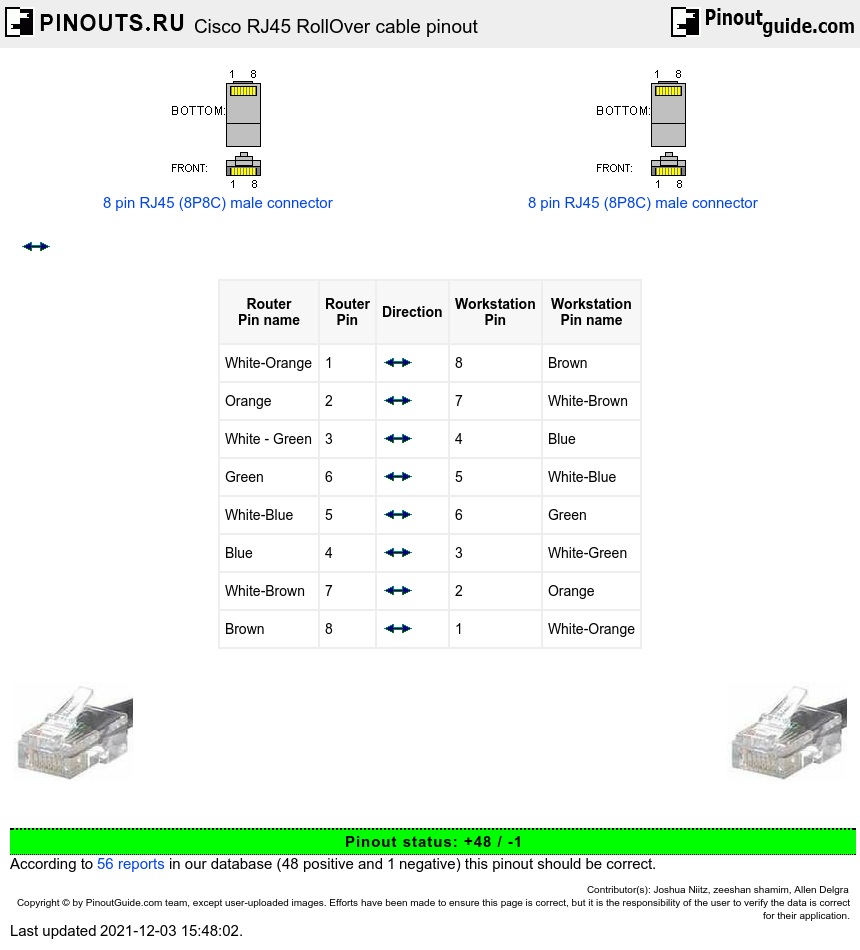Carbapenemase genes and genetic platforms in Gram-negative.
Classification of Carbapenemases Classification of carbapenemases can be achieved both functionally and genetically, and is summarized in Fig. 1.
Carbapenemases are members of the molecular class A, B, and D beta-lactamases. Class A and D enzymes have a serine-based hydrolytic mechanism, while class B enzymes are metallo-beta-lactamases that contain zinc in the active site. The class A carbapenemase group includes members of the SME, IMI, NMC, GES, and KPC families.

Carbapenem-resistant Enterobacteriaceae (CRE) or carbapenemase-producing Enterobacteriaceae (CPE) are Gram-negative bacteria that are resistant to the carbapenem class of antibiotics, considered the drugs of last resort for such infections.

Generally, OXA-type carbapenemases: hydrolyse zpenicillins (benzylpenicillin, ampicillin, piperacillin and ticarcillin) znarrow-spectrum cephalosporins, cefalothin and cefaloridine not or poorly hydrolyse zexpanded-spectrum oxyimino-beta-lactams such as ceftazidime, cefotaxime and aztreonam. Most of the OXA-type carbapenemasesexhibit low hydrolytic activities.

MALDI-TOF Advantages and Disadvantages. 1324 words (5 pages) Essay in Essays. the potential of MALDI-TOF being an alternative for identification of resistance mechanisms such as the production of carbapenemases, and assisting with epidemiologic studies and taxonomical classification ().

Carbapenemases. Strains with IMP-, VIM-, and OXA-type carbapenemases usually remain susceptible. Resistance to non-beta-lactam antibiotics is common in strains making any of these enzymes, such that alternative options for non-beta-lactam therapy need to be determined by direct susceptibility testing.
Carbapenemases increasingly have been reported in Enterobacteriaceae in the past 10 years.Klebsiella pneumoniae carbapenemases have been reported in the United States and then worldwide, with a marked endemicity at least in the United States and Greece.

INTRODUCTION Carbapenemases represent the most versatile family of -lactamases, with a breadth of spectrum unrivaled by other Downloaded from -lactam-hydrolyzing enzymes.

Carbapenemases. Table 1 outlines the common carbapenemases produced by pathogenic bacteria. These enzymes fall into 3 of the Ambler classes of beta-lactamases, A, B, and D classes and include the.

Fig. 10 The classification of carbapenemases. Carbapenemases is represented in all classes, A to D, of the Ambler classification system (16). Functional classification, using the Bush-Jacobi-Medeiros method (17, 18), indicated that the class A carbapenemases were represented by GES and KPC.

Clinical Relevance of Molecular Detection of Carbapenemases Why is it time for action? Phenotypic detection of CPE Focus on OXA-48 Speeding up the detection Added value of a rapid detection Conclusions Carbapenemases detection April 2014 2.

A 'read' is counted each time someone views a publication summary (such as the title, abstract, and list of authors), clicks on a figure, or views or downloads the full-text.

US Custom Essay Service at Your Door Step!!! The global essay writing service delivering pro-quality help and secure experience to customers worldwide.



